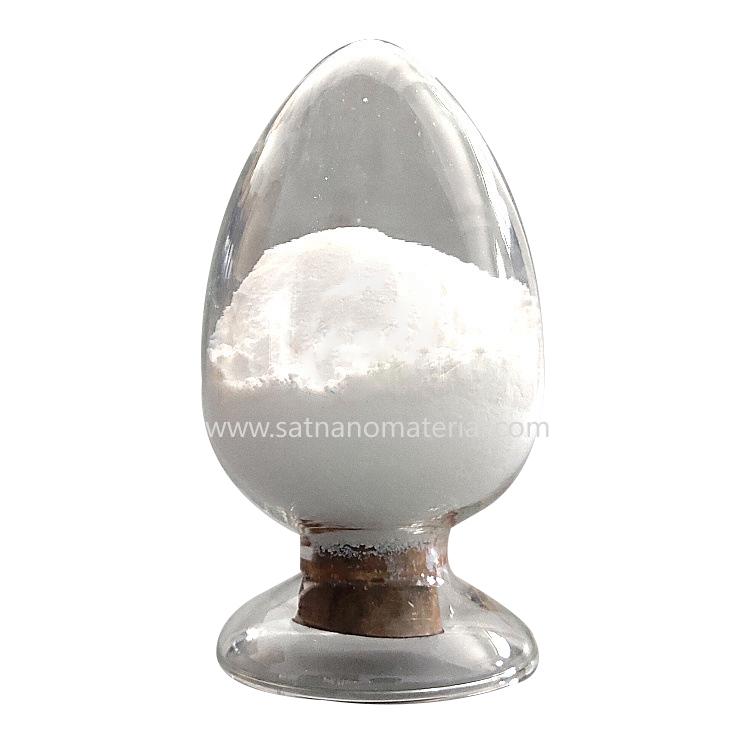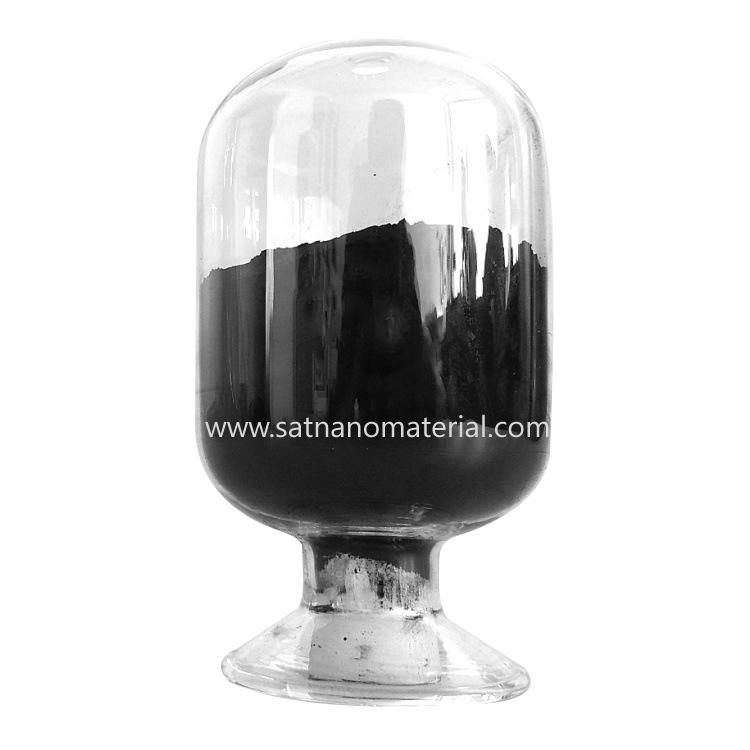Next, let's take a look at several common nanomaterials and their different crystal forms.
Titanium dioxide is a widely used nanomaterial that can be used in fields such as solar cells, catalysts, self-cleaning coatings, etc. The crystal forms of titanium dioxide include rutile phase, rutile phase, and rutile rutile phase. The rutile phase titanium dioxide has a high specific surface area and good optical properties, making it suitable for preparing dye sensitized solar cells. The rutile phase of titanium dioxide has good catalytic activity and is widely used in the field of catalysts.

Carbon nanotubes are nanomaterials with special mechanical, electrical, and thermal properties. The crystal form of carbon nanotubes has various forms such as single walled, multi walled, and corolla. Among them, single-walled carbon nanotubes are a unique hollow pipeline structure with good conductivity and thermal conductivity, making them very suitable for making battery electrode materials and conductive composite materials.

Nano gold particles are a common metal nanomaterial that can be applied in fields such as biomedicine and printing. The crystal forms of gold nanoparticles include hexagonal and face centered cubic crystal systems. Hexagonal crystal based gold nanoparticles can be used as carriers for anti-cancer drugs, while face centered cubic crystal based gold nanoparticles can be applied to the production of printed products.
 online service
online service 13929258449
13929258449 admin@satnano.com
admin@satnano.com + 8613929258449
+ 8613929258449